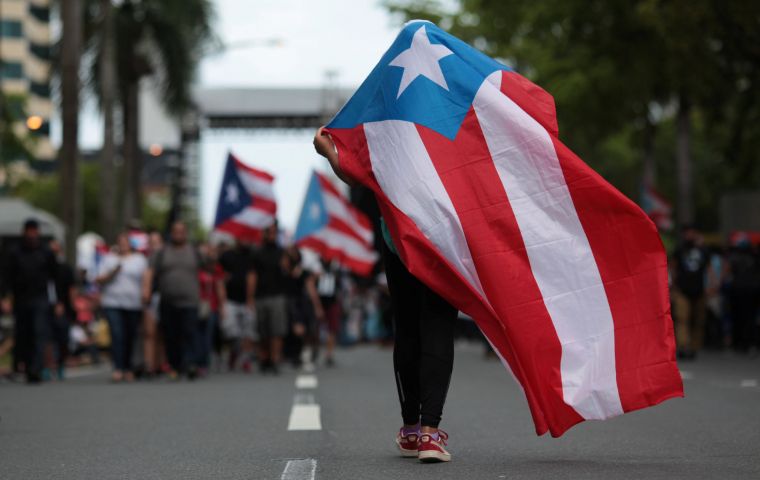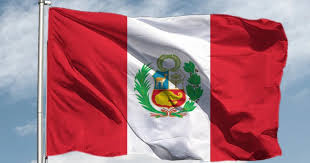
SAN JUAN, March 16 (NNN-MERCOPRESS) — The Government of Puerto Rico announced the largest public debt restructuring in US history, thanks to which the island has formally managed to avoid bankruptcy after a debt of US$ 70 billion seven years ago was beyond its repayment capacity.
The US territory will now resume payments to bondholders for the first time in several years and settle claims worth approximately US$ 1 billion filed by local residents and businesses.
As per the exit plan, the island will also issue more than US$ 10 billion worth of bonds, in addition to restoring up to $1.3 billion taken from a public pension system.
“This is a significant success,” said Natalie Jaresko, executive director of the federal control board that oversees Puerto Rico’s finances and its debt restructuring process. “Remaining in bankruptcy has been a drag on the economy in multiple ways.” The board is expected to remain in place until Puerto Rico has four consecutive balanced budgets, but Jaresko will be retiring April 1, with a replacement yet to be appointed.
The bankruptcy led to widely-criticized austerity measures on an island that paid around US$ 1 billion to consultants and other expenses during the process.
The debt restructuring plan reduces claims against Puerto Rico’s government from US$ 33 billion to just over US$ 7.4 billion. “The plan is not perfect, but it has many good things,” Governor Pedro Pierluisi said.
However, Jaresko warned it is still unlikely the island will be able to access financial markets soon because it has yet to get its financial statements up to date. “For decades, past governments have neglected to put aside enough money,” Jaresko also pointed out.
Puerto Rico has accumulated over US$70 billion in public debt and more than $50 billion in public pension liabilities through decades of corruption and excessive borrowing. The U.S. Congress created the federal board in 2016, a year after the island’s government said it was unable to pay its debt.
In addition to internal mismanagement, Puerto Rico was also hit by Hurricane Maria and later on by the coronavirus pandemic, in addition to a series of powerful earthquakes that struck its southern region starting in late 2019. — NNN-MERCOPRESS




